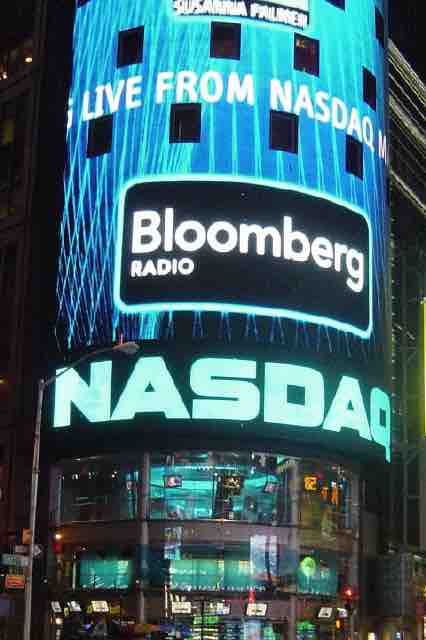Overview: the "New Economy"
The "New Economy" is a term used to describe the result of the transition from a manufacturing-based economy to a service-, information-, and technology-based economy. This particular use of the term was popular during the "dot-com bubble" of the late 1990s, in which the high growth, low inflation, and high employment of the period led to overly optimistic predictions and many flawed business plans.
Origins
After a nearly 60-year period of unprecedented growth, the United States experienced a much-discussed economic slowdown beginning in 1972. However, around 1995, U.S. economic growth accelerated, driven by faster productivity growth. From 1972 to 1995, the growth rate of output per hour, a measure of labor productivity, had only averaged around 1% per year. By the mid 1990s, however, growth became much faster, averaging 2.65% from 1995 to 1999. The U.S. also experienced increased employment and decreasing inflation.
The economist Robert J. Gordon referred to this as a "Goldilocks economy," the result of five positive "shocks": the "two traditional shocks (food-energy and imports) and the three new shocks (computers, medical care, and measurement)." Other economists pointed to the delayed ripening benefits of the computer age, much like the delayed benefits of electricity shortly after the turn of the 20th century. According to another point of view, the "new economy" is a current Kondratiev wave which will end after a 50-year period in the 2040s; its innovative basis includes the Internet, nanotechnologies, telematics, and bionics. A 1983 cover story in Time magazine entitled "The New Economy" described the transition from heavy industry to a new technology-based economy; by 1997, Newsweek was referring to the "New Economy" in many of its articles.
Dot-coms
Much of the prosperity of the 1990s was related to technological change and the advent of new information systems. In 1994, the Clinton administration became the first to launch an official White House website and join the revolution of the electronically mediated world. By the 1990s, a new world of instantaneous global exposure was at the fingertips of billions worldwide.
In the financial markets, the new economy has been associated with the "dot-com bubble." This included the emergence of the NASDAQ as a rival to the New York Stock Exchange, a high rate of Initial Public Offerings (IPOs, or the first sale of stock by a private company to the public), the rise of dot-com stocks over established firms, and the prevalent use of such tools as stock options. In the wider economy, the term has been associated with practices such as outsourcing, business process outsourcing, and business process re-engineering.

NASDAQ
NASDAQ emerged as a rival to the New York Stock Exchange in the 1990s.
Investment in Information Technology
During this time, there was also increased investment in companies in the technology sector. Stock shares rose dramatically and many start-ups were created. Newspapers and business leaders talked of new business models; some even claimed that the old laws of economics did not apply anymore and that new laws had taken their place. Many also claimed that the improvements in computer hardware and software would dramatically change the future and that information was now the most important value in the New Economy.
Some, such as Joseph Stiglitz and Blake Belding, have suggested that high investment in information technology, especially in software and unused fiber optics, was useless. However, U.S. investment in information technology has remained relatively strong since 2002. While there may have been some overinvestment, productivity research shows that much of the investment has been useful in raising output.
The recession of 2001 disproved many of the more extreme predictions made during the boom years and gave credence to those that minimized the role of computers' contributions. However, subsequent research strongly suggests that productivity growth has been stimulated by heavy investment in information and communication technology. Furthermore, strong productivity growth after the 2001 recession make it likely that some of the gains of the late 1990s may endure.